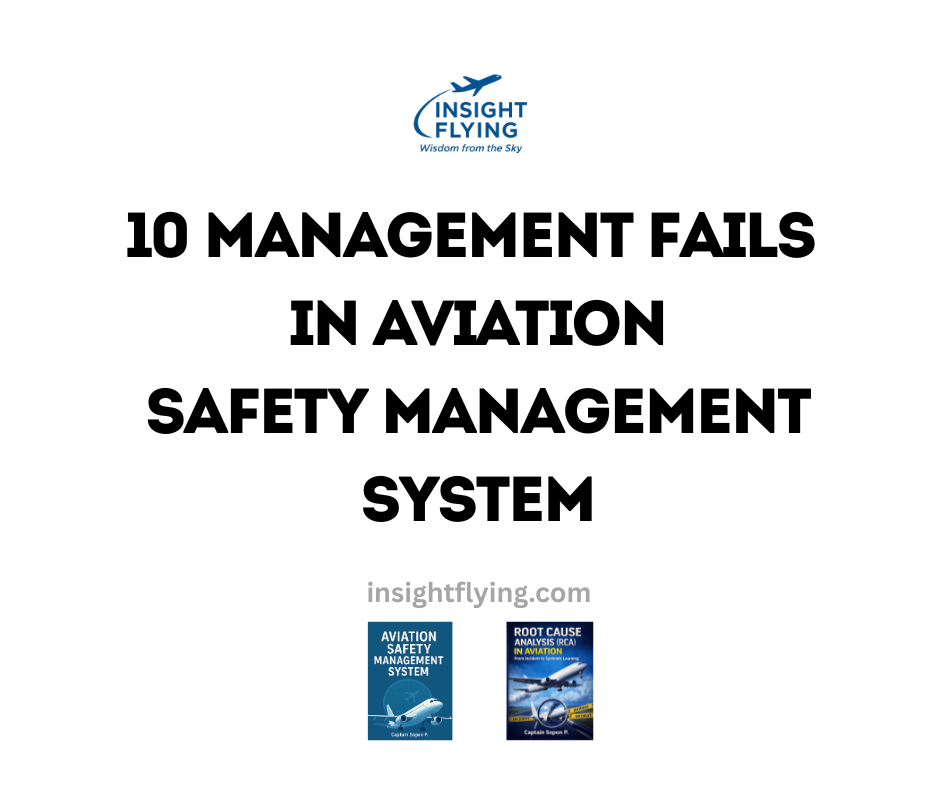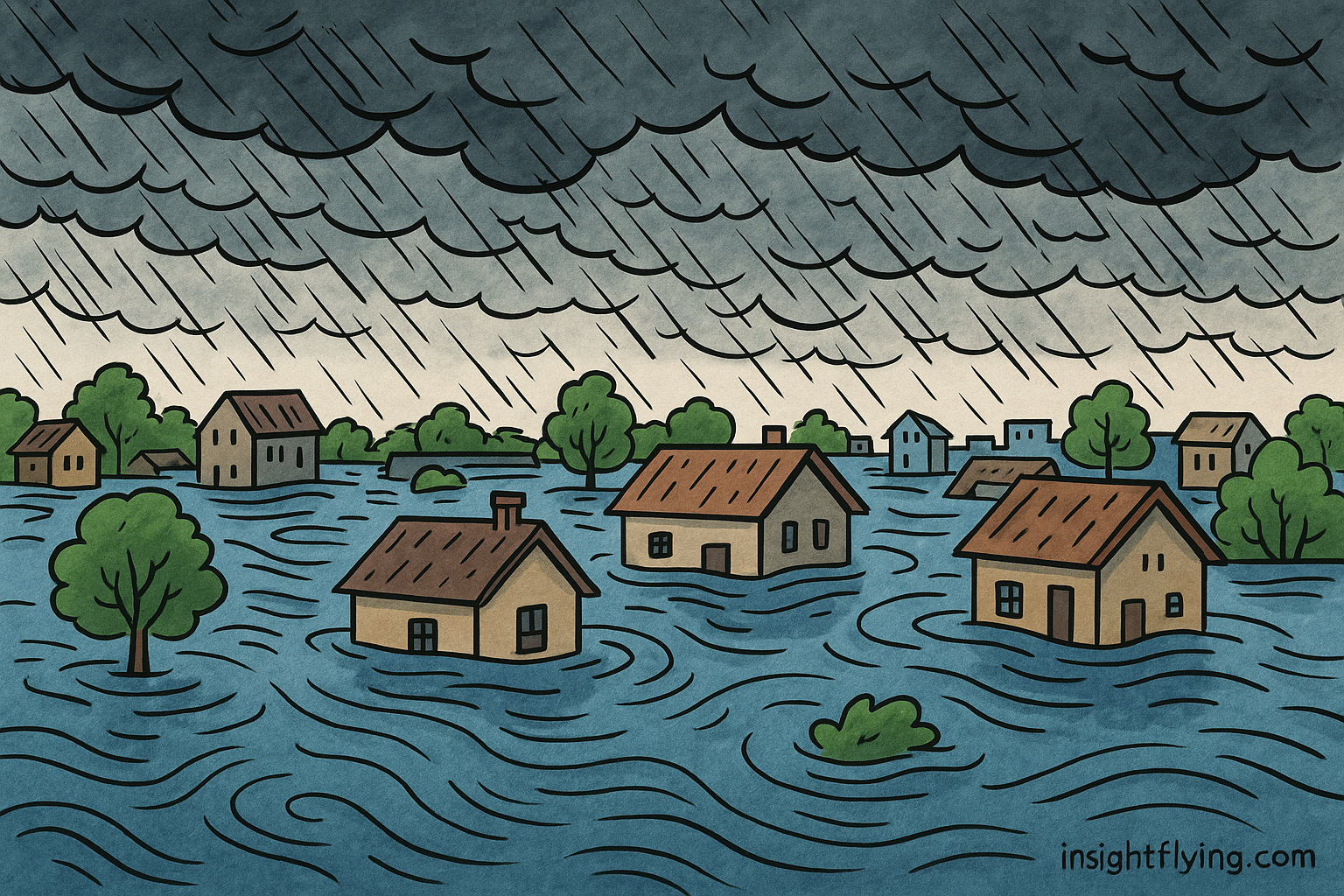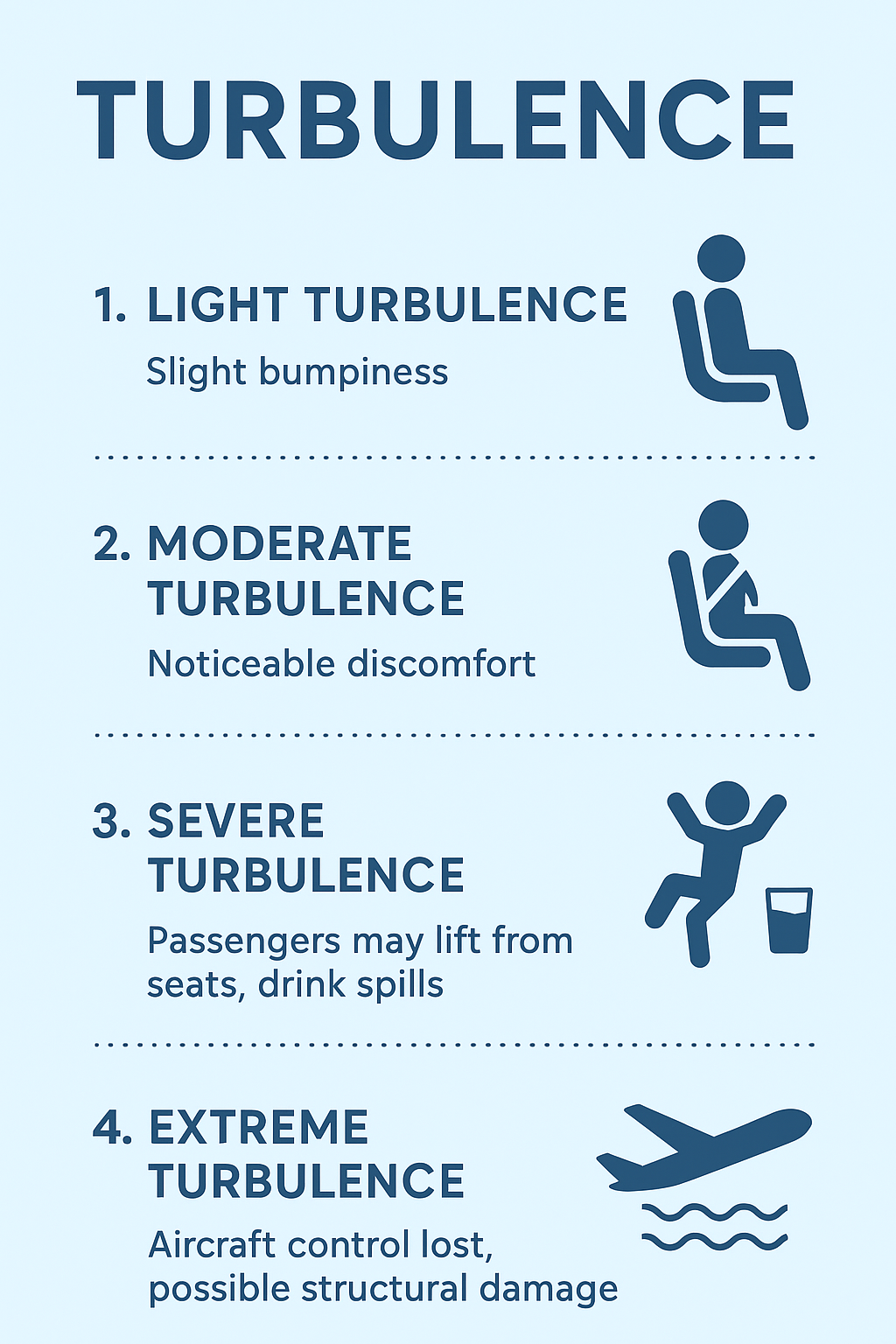เครื่องบินสามารถลอยอยู่บนท้องฟ้าได้ด้วยแรงยกจากกระแสลมที่ไหลผ่านปีก แต่การบินให้ Smooth as Silk หรือราบเรียบนุ่มนวลนั้น ไม่ได้ขึ้นอยู่กับฝีมือและประสบการณ์ของนักบินเพียงอย่างเดียว ปัจจัยสำคัญคือ สภาพแวดล้อมของอากาศ ที่เครื่องบินกำลังบินผ่าน ไม่ว่าจะเป็นการเปลี่ยนแปลงของความกดอากาศ อุณหภูมิ หรือทิศทางและความเร็วลม
Airplanes stay aloft thanks to the lift generated by airflow over the wings. However, achieving a flight that is truly “Smooth as Silk” depends not only on the pilot’s skill and experience, but also on the atmospheric environment—changes in pressure, temperature, wind direction, and wind speed all play a major role.
หากการเปลี่ยนแปลงของความกดอากาศ อุณหภูมิ หรือความเร็วลมเกิดขึ้นอย่างค่อยเป็นค่อยไป (Gradual Change) นักบินสามารถปรับควบคุมทิศทางและความเร็วได้ทัน ทำให้การสั่นสะเทือนมีไม่มากนัก
If changes in pressure, temperature, or wind occur gradually, pilots can smoothly adjust their controls, resulting in only mild vibrations or disturbances.
ในทางการบิน เราเรียกการสั่นสะเทือนเหล่านี้ว่า Turbulence ซึ่งหากแปลตรงตัวก็คือ “ความวุ่นวาย” หรือ “ความปั่นป่วน” Turbulence เกิดขึ้นได้หลายสถานที่ หลายเวลา และหลายสาเหตุ เช่น จากก้อนเมฆ หรือแม้กระทั่งในอากาศที่ดูปลอดโปร่งจนไม่น่ามีปัญหาเลย
In aviation, these disturbances are known as Turbulence. It can occur anywhere, at any time, and for many reasons—sometimes inside visible clouds, or unexpectedly in clear skies, known as Clear Air Turbulence (CAT).
ตัวอย่างที่พบบ่อยคือการบินผ่าน Ridge หรือ Trough of Pressure Gradient ซึ่งก็คือบริเวณที่มีการเปลี่ยนแปลงของความกดอากาศอย่างมาก คล้ายกับการบินผ่านสันเขาหรือหุบเหวที่เห็นได้จากแผนที่เส้นชั้นความสูง นักบินทุกคนจึงต้องเรียนรู้ Meteorology โดยเฉพาะเรื่องเมฆ
A common cause is flying through a Ridge or Trough of Pressure Gradient, where air pressure changes abruptly—like crossing a mountain ridge or deep valley on a topographic map. This is why pilots must study Meteorology, especially cloud formation.
เมฆมีทั้งหมด 10 ชนิด แต่ชนิดที่นักบินต้องหลีกเลี่ยงอย่างเด็ดขาดคือ Cumulonimbus (CB) หรือเมฆฝนฟ้าคะนอง เนื่องจากเป็นแหล่งรวมความไม่เสถียร (Instability) ของอากาศ ทั้งความกดอากาศ อุณหภูมิ และลมที่เปลี่ยนแปลงรวดเร็วและรุนแรง บางครั้งยังมี Embedded CB ที่ซ่อนอยู่ในเมฆอื่น ซึ่งตรวจจับด้วยตาเปล่าไม่ได้ นักบินจึงต้องพึ่งพา Weather Radar
There are 10 cloud types, but the one pilots must strictly avoid is the Cumulonimbus (CB) thunderstorm cloud. It is highly unstable, with rapid and violent shifts in pressure, temperature, and wind. Sometimes, Embedded CBs hide inside other clouds and can only be detected using weather radar.
ผลกระทบของ Turbulence ต่อผู้โดยสารและลูกเรือ แบ่งเป็น 4 ระดับ คือ:
The effects of Turbulence on passengers and crew are classified into four levels:
- Light Turbulence – เขย่าเล็กน้อย ให้บริการผู้โดยสารได้ตามปกติ
Light Turbulence – Slight bumpiness, service can continue. - Moderate Turbulence – รู้สึกไม่สบาย มีแรงดึงจากสายเข็มขัด แก้วน้ำเลื่อน
Moderate Turbulence – Noticeable discomfort, seatbelts tighten, drinks may shift. - Severe Turbulence – ตัวลอย น้ำหก ของไม่ยึดแน่นเคลื่อนที่
Severe Turbulence – Passengers may lift from seats, drinks spill, loose items move. - Extreme Turbulence – นักบินบังคับไม่ได้ เสี่ยงโครงสร้างเสียหาย
Extreme Turbulence – Aircraft control lost, possible structural damage.
แม้ Turbulence จะเป็นสิ่งที่หลีกเลี่ยงไม่ได้เสมอไป แต่นักบินสามารถลดความเสี่ยงได้ด้วย ความรู้ การสังเกต และการใช้ข้อมูลจากระบบการบิน ร่วมกับมาตรฐานการปฏิบัติการบิน (SOPs) และประสบการณ์ ยิ่งตรวจจับและคาดการณ์ได้เร็วเท่าไร ก็ยิ่งเพิ่มความปลอดภัยและลดผลกระทบต่อผู้โดยสารได้มากขึ้น
While turbulence cannot always be avoided, pilots can minimize risks through knowledge, observation, weather data, and standard operating procedures (SOPs). The earlier turbulence is detected and anticipated, the safer and smoother the flight will be for everyone on board.

10 Management Fails in Aviation SMS
10 Management Failures in Aviation SMS Safety Management System (SMS) is not just a regulatory requirement under ICAO Annex[…]

10 ความล้มเหลวของผู้บริหารในการบริหาร Aviation SMS
ระบบการจัดการด้านความปลอดภัย (Safety Management System – SMS) ไม่ใช่เพียงข้อกำหนดจาก ICAO Annex 19 หรือข้อบังคับของรัฐ แต่เป็น “ระบบบริหาร” ที่ต้องได้รับการขับเคลื่อนจากผู้บริหารระดับสูงลงสู่ปฏิบัติการจริง หากผู้บริหารมอง SMS เป็นเพียงงานความปลอดภัยส่วนกลาง หรือเป็นงานที่ต้องทำตามกฎหมาย ระบบนี้จะกลายเป็นเพียงงานเชิงเอกสารที่ไม่สามารถลดความเสี่ยงในปฏิบัติการได้จริง[…]

Precipitation / การตกของฝนหรือหิมะ
What is Precipitation? / ความหมายของ Precipitation Precipitation is any form of water particle that falls from the atmosphere to[…]
